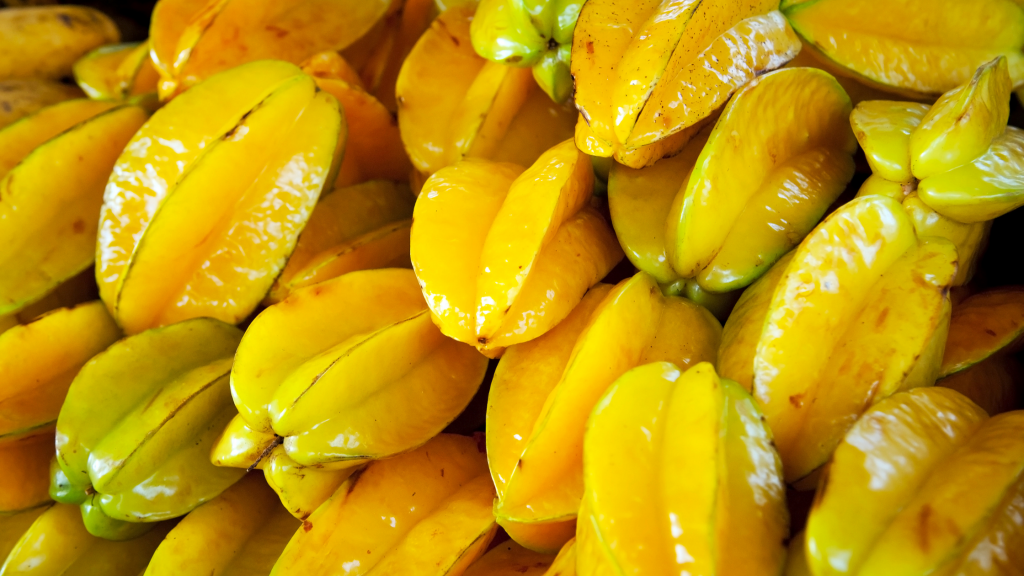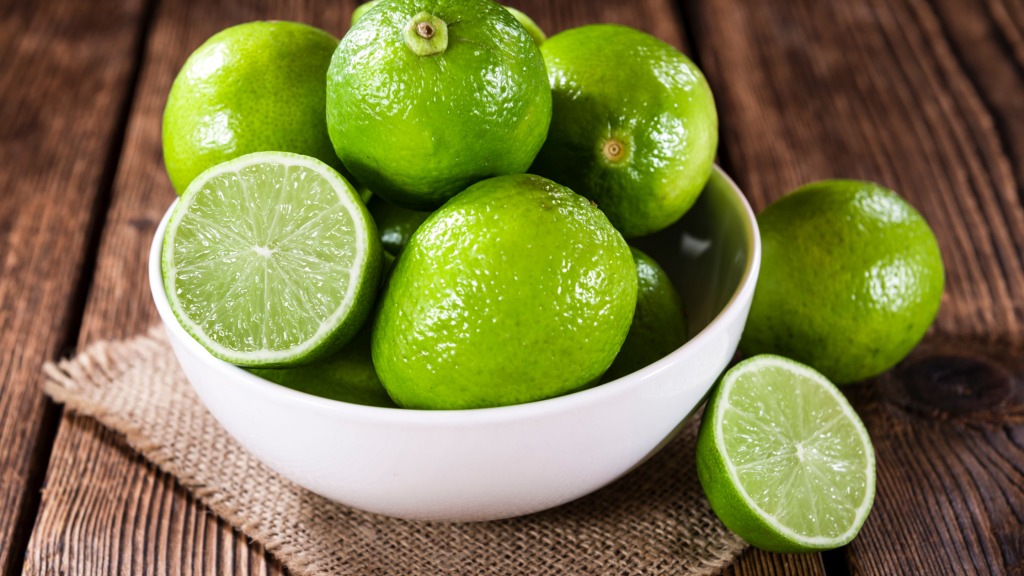Low-carb fruits are fruits you can consume while on the keto diet. Some researchers recommend to stay away from fruits completely why on a keto diets.
But there are some fruits that have fewer carbs that can still be considered and enjoyed while on this diet.
For some, weight loss can be very challenging and strenuous, while others find the weight loss journey quite smooth because of the keto way they chose.
Keto is the short form of ketogenic, which is a term used for a low-carb diet. The primary purpose is for you to get fewer carbohydrates from your intake, and more calories from protein and healthy fats. As a keto dieter, you will need to drastically cut down on your carb intake.
Naturally, fruits are wholesome and highly nutritious with no additives. Fruits contain many significant nutrients that the body requires such as vitamin C, potassium, and fibre.
It is important to know that a ketogenic diet contains a low-carb diet planned to help you to reduce your carb intake and aid a state of metabolism which is known as ketosis. Ketosis is a nutritional process that increases the way you burn excess fat in the body.
Similarly, the way you control your carb intake in food is the way you should when considering some low-carb fruits you can eat in the keto diet.
Don’t forget that low-carb fruits are not a denial of some other fruits; rather, it depends on which kind of fruits of your choice and serving portions.
So, for the purpose of this topic, I will be mentioning more about low-carb fruits you can eat in a keto diet.
1. Avocado

One of the low-carb fruits that are extremely healthy is Avocado. They’re very high in some nutrients, especially potassium, and fiber.
Avocados are also low in net carbs, with around 8.5 grams of carbs and nearly 7 grams of fiber in a 3.5-ounce (100-gram) serving.
That’s why it’s one of the low-carb fruits you can eat and enjoy in the keto diet.
It has low calories, dietary fiber, potassium, and a low amount of sugar. One of the ways you can enjoy this low-carb fruit is to chop it into cubes as a topping on your salad.
2. Watermelon

This multi-usage fruit is a super low-carb fruit you can eat in a keto diet due to its lowest amount of carbohydrate content.
Watermelon also contains a high amount of vitamin A and a large percentage of water. Although it is low in fiber, the carbohydrate present in it is easily absorbed.
3. Berries

Berries are most popular among weight losers or people who are considering cutting down on their carb intake. We have various types of berries such as strawberries, blackberries, blueberries, and raspberries.
All these berries are low-carb fruits for a keto diet.
Strawberries have minimal carbs that can be digested easily compared to others. They’re also low in net carbs, with around 8.0 grams of carbs and nearly 7 grams of fiber in a 100-gram.
Half a cup (75 grams) of Blueberries contains 9 grams of carbs.
Blackberries contain less fiber.
Raspberry is also one of the berries you can consider. It has an excellent amount of antioxidants and vitamin C. More so, it contains other nutrients such as phytochemicals that prevent the high risk of developing chronic diseases.
All of these berries are good for the Keto diet but in moderate amounts.
4. Cantaloupe

This is an orange melon well known for its good source of low-fructose and fiber. It’s also one of the low-carb fruits. You can eat your cantaloupe with tuna salad, or blend it with lime, mint, and water. The taste is refreshing.
One cup of Cantaloupe melon (160 grams) contains 11 grams of carbs.
5. Peaches

One of the interesting aspects of the Peach fruit is the low amount of carbohydrates. It also contains fiber and can be easily snacked on, especially when mixed up with some cottage cheese.
This tells you that you can have sweet fruits yet low-carb fruits.
One medium-sized peach (150 grams) contains 13 grams of carbs.
7. Star Fruit (Carambola)

This is another amazing fruit you should include in your menu as a keto diet achiever. It has a naturally sweet taste, full of fiber, is low in calories, some amount of potassium and vitamin C.
Here is a breakdown of its nutrients per ½ cup serving of star fruit: 2.6 g of net carbohydrates, 1.8 g of fiber, 88 mg of potassium, and 22.7 mg of vitamin C.
8. Lemon

I doubt if I can ever outgrow lemon water. The refreshing taste it gives me excites me and gives me a sense of satisfaction. Sometimes I mix it with mint and cucumber to give a different taste.
Lemon is one of the low-carb fruits you can eat in a keto diet because of its near-zero fat and carbohydrates. It is also eco-friendly with its amount of vitamin C. Lemon water has some amounts of antioxidants and aids in healthy digestion.
8. Shredded Coconut

Coconut is a tropical fruit and healthy for consumption either fresh or dried because of the exceptional low carb it has. Keto dieters can include this fruit in their list of keto fruits. Amazingly, coconut has a high amount of medium-chain triglycerides MCT oil that aids ketosis.
But you need to be careful with your portion of consumption if you are looking at losing weight. Another way to enjoy coconut during your keto diet is its oil – coconut oil.
Coconut Oil contains some extraordinary properties that almost perfectly suit the keto diet. The MCTs contained in it automatically convert into ketones which will serve as an immediate source of energy when the liver directly takes it up.
More so, the oil can be used to enhance ketone levels in people with Alzheimer’s disease, and other disorders of the brain and nervous system. And lastly, coconut oil may assist adults with obesity to reduce their weight and excess belly fat.
9. Lime

Like lemons, limes cannot be consumed as a whole fruit, but their juice is very useful because of its low amount of sugar and calories. Limes contain about 32% of the daily value of vitamin C required.
Where are my keto dieters? Here are low-carb fruits you can eat in the keto diet. Enjoy!
read more
13 Evidence-Based Amazing Health Benefits of Cucumbers
7 Best And Affordable Foods To Boost Immune system
Perfect Morning Routine To Make Your Day Productive
Pin for later

